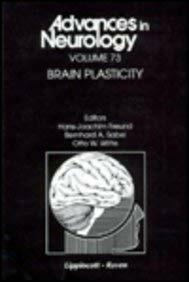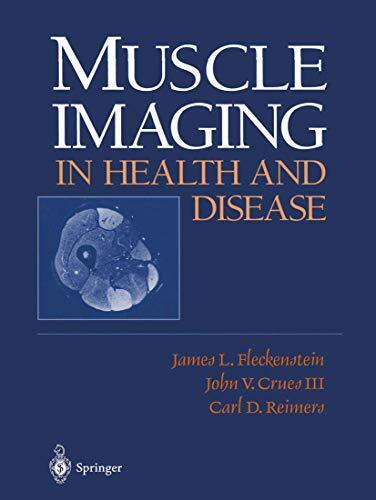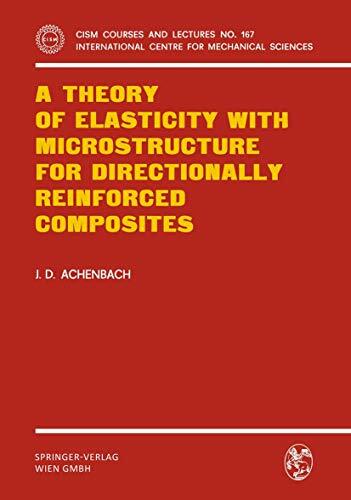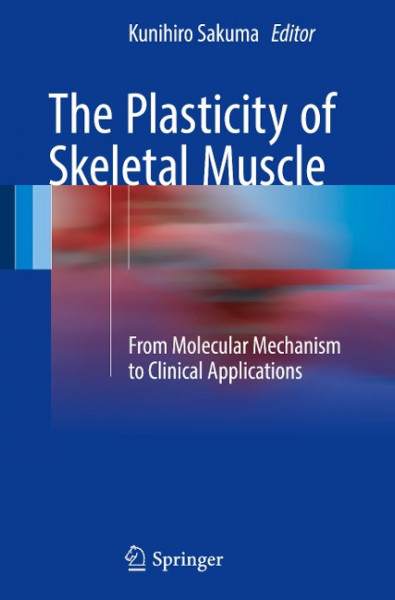
The Plasticity of Skeletal Muscle
Kurzinformation
inkl. MwSt. Versandinformationen
Artikel zZt. nicht lieferbar
Artikel zZt. nicht lieferbar

Beschreibung
This book discusses recent advances and various topics in plasticity of skeletal muscle from the perspectives of morphology, biological function, and clinical applications. Skeletal muscle is a highly plastic organ to adapt to environmental various demands, appears to endocrine various myokines, which flow into blood to protect the recognizing function of brain and inhibit the appearance of several cancer tumorigenesis. The book deals with current stem-cell based, pharmacological, and nutritional therapies for muscle wasting (sarcopenia, cachexia, and muscular dystrophy). It also explains the roles of biological mediators such as PGC-1, transient receptor potential cation channels (TRPC), and AMPK in modulating muscle function. The functional roles of ubiquitin-proteasome system, autophagy-dependent signaling in muscle homeostasis, ribosome biogenesis, and redox regulation of mechanotransduction to modulate skeletal muscle mass are also covered. It is an essential resource for physicians, researchers, post-docs as well as graduate students in the field of sports science including rehabilitation therapy, exercise physiology, exercise biochemistry, and molecular biology dealing with skeletal muscle. von Sakuma, Kunihiro
Produktdetails

So garantieren wir Dir zu jeder Zeit Premiumqualität.
Über den Autor
Professor Kunihiro Sakuma, Ph.D., currently works at Department for Liberal Arts in Tokyo Institute of Technology. He is a Physiologist working in the field of skeletal muscle. He was awarded sports science diploma in 1995 by the University of Tsukuba and started scientific work at the Department of Physiology, Aichi Human Science Center, focusing on the molecular mechanism of congenital muscular dystrophy and normal muscle regeneration. His interest later was turned to the molecular mechanism and the attenuating strategy of sarcopenia (age-related muscle atrophy). Preventing sarcopenia is important for maintaining a high quality of life in the aged population. His opinion is to attenuate sarcopenia by improving atutophagic defect using nutrient- and pharmaceutical-based treatments.

- Pappe
- 12 Seiten
- Erschienen 2018
- Human Kinetics Publishers

- hardcover
- 340 Seiten
- Erschienen 2005
- Springer

- perfect
- 164 Seiten
- Erschienen 1979
- Vieweg+Teubner Verlag

- Gebunden
- 284 Seiten
- Erschienen 2020
- Wiley-VCH

- Kartoniert
- 296 Seiten
- Erschienen 2013
- Urban & Fischer Verlag/Else...

- Kartoniert
- 126 Seiten
- Erschienen 2021
- diaphanes

- Gebunden
- 462 Seiten
- Erschienen 2013
- Wiley-VCH

- hardcover
- 240 Seiten
- Erschienen 2006
- Springer

- paperback
- 232 Seiten
- Erschienen 2023
- Springer
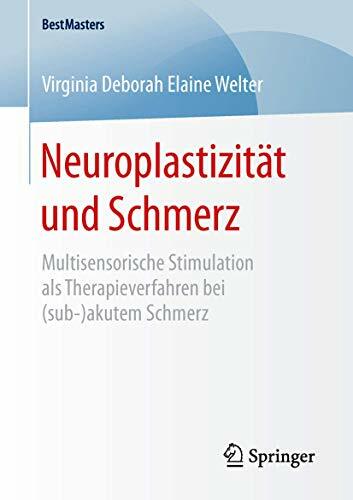
- Kartoniert
- 147 Seiten
- Erschienen 2016
- Springer

- Gebunden
- 332 Seiten
- Erschienen 2015
- Springer

- Kartoniert
- 294 Seiten
- Erschienen 2016
- Riva

- paperback
- 176 Seiten
- Erschienen 2003
- Springer

- Kartoniert
- 392 Seiten
- Erschienen 2000
- Springer






